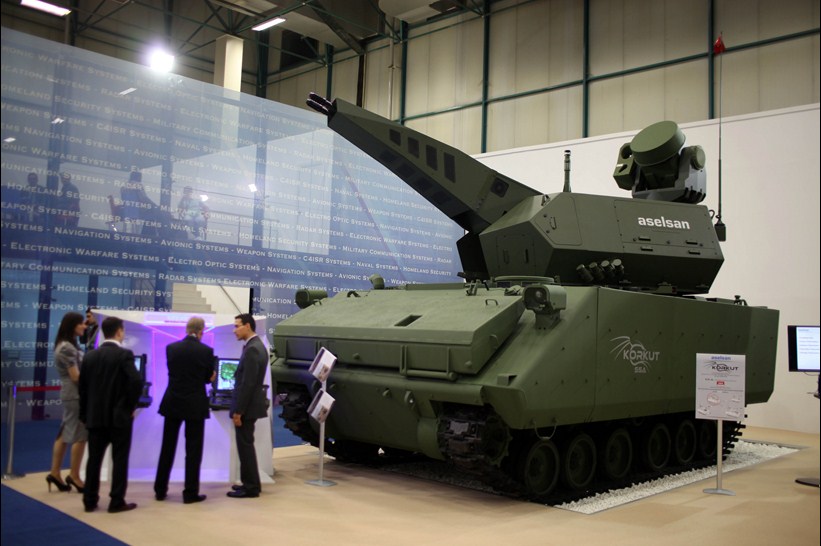It's not finalized yet, so everything is a speculation at this point.
Considering that Chinese HQ-9 are, of course, a rip-off of the S-300PT (it's most closely resembles the PT variant, but has elements of other S-300 models [cylinder, truck, radar] and even some minor resemblance to the Patriot - Chinese are trying to "improvise" by putting "best" technologies they steal together into one package).
HQ-9's brochure says it has 125km range (maybe Turkey will get a more advanced modification?), that is a far cry from 200km in S-300VM (Antey 2500) and greater of the latest variants of S-300. Maximum altitude engagement is 18km while Russia's is 30km. Antey 2500 has a capability to engage 2,500 km range IRBMs with re-entry velocities around 4.5 km/sec. It's range against aerial targets is 108 nautical miles, and increased terminal phase agility - a single shot kill probability of 98% is claimed against ballistic targets.
HQ-9 has no real capability for ABM while S-300 has successfully engaged SRBM and MRBMs. HQ-9 doesn't really compete with second generation S-300PMU1, much less third (PMU2 Favorite - which Azerbaijan got, 3 battalions) and fourth (S-400 Triumph). The level of performance China *claims* is about the same as 1970's Soviet/Russian missiles in several areas.
If Turkey wanted to save money, while getting the best strategic air defense in the world - they should get S-300VM (Antey) or ask for S-300 PMU-2 or even S-400 (which Russia will supply to China in 2017). It might not get the same "transfer of technologies", but at least we know there are no problems with integration of S-300 PMU-1 into NATO air defense - ask Greece.





 Does anybody really believe this is a possibility? How in the world would we be able to buy weapons again from anyone but US in the future. And all this talk we wouldn't be allowed this, we woldn't be allowed that ...etc is really condescending. We are an independant country for gods sake. It is not like NATO has the control of our defences. I am sure all of these concerns will be taken care of. I really find it hard to believe the army will spend 3 billion dollars on something that will not be connected to our infrastructure and rust in some bunker somewhere.
Does anybody really believe this is a possibility? How in the world would we be able to buy weapons again from anyone but US in the future. And all this talk we wouldn't be allowed this, we woldn't be allowed that ...etc is really condescending. We are an independant country for gods sake. It is not like NATO has the control of our defences. I am sure all of these concerns will be taken care of. I really find it hard to believe the army will spend 3 billion dollars on something that will not be connected to our infrastructure and rust in some bunker somewhere.




